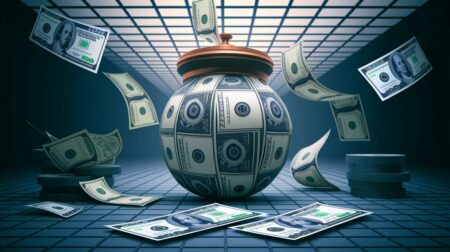The Blue Economy Conference kicked off yesterday in Nairobi, Kenya, and this first-ever event puts into focus the critical role of protecting oceans and rivers while promoting sustainable development.
“My government aims at providing a global forum for contributing to and advancing global conversation on the two important pillars of the Blue Economy,” says Kenyan President Uhuru Kenyatta. “These are sustainability, climate change and controlling pollution on one hand; and production, accelerated economic growth, jobs and poverty alleviation on the other.”
Serving as co-hosts with Kenya are the governments of Canada and Japan, alongside partners including the United Nations Development Program. While their emphasis on oceans and marine life isn’t entirely new, the “blue economy” approach considers how to develop opportunities in balance with resources.
Here’s why: The UN Environment Program estimates that half of the world’s population lives within 60 kilometers of the sea. And 75 percent of the world’s cities, including the fast-growing mega-cities from Beijing to Lago to Buenos Aires, also are in coastal locations. Their waterfronts and ports are their lifeblood, but their growing populations face challenges from sea level rise, pollution and exploitation.
The Food and Agriculture Organization estimates that “blue economy” industries such as fishing account directly for the livelihoods of 660 to 820 million people, and account for a significant portion of the diet for 3.2 billion people. Oceans alone are worth USD$1.5 trillion in global value-added economic benefits.
At the same time, the rest of the world is counting on oceans and rivers too. “Healthy oceans, coasts and freshwater ecosystems are crucial for economic growth and food production, but they are also fundamental to global efforts to mitigate climate change,” says World Bank in a September overview.
“Blue carbon” sinks such as coastal-wetland mangroves and other ocean habitats sequester an estimated 25 percent of the CO2 that’s released into the atmosphere from burning fossil fuels, and that capacity is threatened by pollution and other harms at a time we can least afford to lose it. They absorb heat, and also protect marine life in fragile ecosystems while making human coastal communities more climate resilient.
So now, more than 4,000 people gathering in Nairobi are eager to know more about “blue” resources and how marine protected areas, for example, help to restore productivity and remediate negative climate impacts. They’ll look at models like that of the Indian Ocean nation of Seychelles, which promised to place 30 percent of its territory under marine protection as part of an innovative 2018 debt-swap deal. That territory includes the remote Aldabra Group islands, considered as ecologically important as Galapagos.
Especially among developing countries, though, the participants are looking to leverage investment in the blue economy in service to sustainable development goals. World Bank has a Blue Economy portfolio worth around $4.1 billion, with another $1.5 billion in the pipeline. That’s financing aquiculture and protecting the coastal habitats the industries rely on with things like waste treatment facilities.
For example, the West African Coastal Areas Management Program (WACA) that targets 17 West African countries on the coastline, from Mauritania to Gabon, saw its first projects approved in April. A new donor trust fund called PROBLUE builds on the mission with additional priorities such as reducing marine litter and plastics, promoting tourism, building offshore renewable energy projects and helping governments to do the same.
Want to learn more about the Blue Economy Conference? Follow along on Twitter and Facebook, or check out conference program notes here.
Did you like it? 4.4/5 (25)









